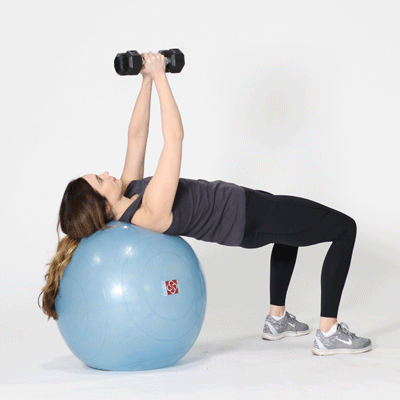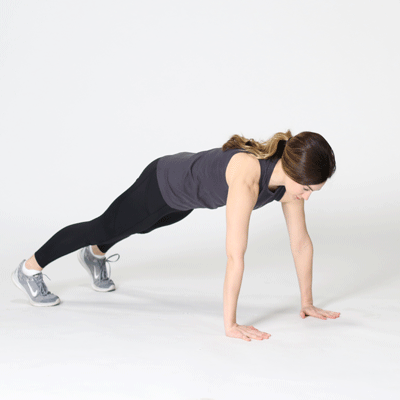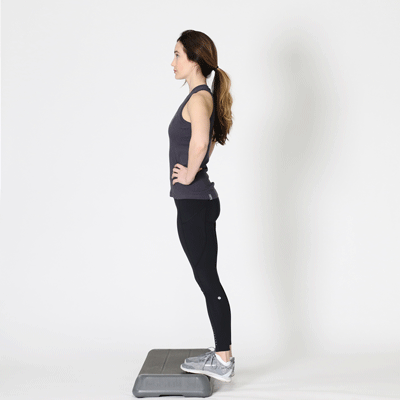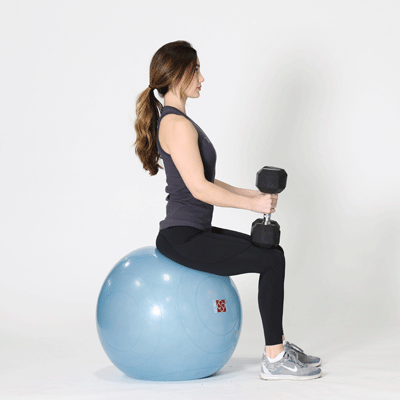A healthy body is often described as a well-oiled machine. Like a
machine, it’s made up of
otherwise fixed segments made mobile by joints.
A kinetic chain is the notion that these joints and segments have an effect on one another during movement. When one is in motion, it creates a chain of events that affects the movement of neighboring joints and segments.
Physical therapists, chiropractors, and personal trainers use kinetic chain exercises to help with injury prevention and recovery, body sculpting, and performance enhancement.
otherwise fixed segments made mobile by joints.
A kinetic chain is the notion that these joints and segments have an effect on one another during movement. When one is in motion, it creates a chain of events that affects the movement of neighboring joints and segments.
Physical therapists, chiropractors, and personal trainers use kinetic chain exercises to help with injury prevention and recovery, body sculpting, and performance enhancement.
Open vs. closed exercises
Open vs. closed kinetic chain exercises
There are two kinds of kinetic chain exercises: open and closed.
A squat, for example, where the foot presses against the floor to raise the body, is a closed chain kinetic exercise. Using a leg curl machine, where the lower leg swings freely, is an example of open chain.
Both have advantages, according to Dr. Hegedus.
script async src="//pagead2.googlesyndication.com/pagead/js/adsbygoogle.js">
- In open kinetic chain exercises, the segment furthest away from the body — known as the distal aspect, usually the hand or foot — is free and not fixed to an object.
- In a closed chain exercise, it is fixed, or stationary.
A squat, for example, where the foot presses against the floor to raise the body, is a closed chain kinetic exercise. Using a leg curl machine, where the lower leg swings freely, is an example of open chain.
Both have advantages, according to Dr. Hegedus.
script async src="//pagead2.googlesyndication.com/pagead/js/adsbygoogle.js">
Benefits of kinetic chain exercises
“The biggest advantage of open chain exercises is that they are
far better at isolating a muscle,” says Hegedus. This can be useful when
rehabilitating a specific muscle or when training for a sport that
requires the use of open chain activities. An example is throwing a
ball.
But closed chain exercises are more functional, “or closely approximate to movements that you would use in daily life or sports.” This includes squatting to pick up furniture or bending to pick up a child. Because the load is shared with other nearby muscles, closed chain exercises may be preferred in some injury recovery.
Though some physical therapists and other professionals prefer using one type of kinetic chain exercise over the other, research indicates that both have uses in pain management, injury, post-surgical care, and athletic training.
Dr. Hegedus says there are both open and closed chain exercises available for most muscle groups. Here are some open and closed kinetic chain exercises for the chest and calf muscles.
But closed chain exercises are more functional, “or closely approximate to movements that you would use in daily life or sports.” This includes squatting to pick up furniture or bending to pick up a child. Because the load is shared with other nearby muscles, closed chain exercises may be preferred in some injury recovery.
Though some physical therapists and other professionals prefer using one type of kinetic chain exercise over the other, research indicates that both have uses in pain management, injury, post-surgical care, and athletic training.
Dr. Hegedus says there are both open and closed chain exercises available for most muscle groups. Here are some open and closed kinetic chain exercises for the chest and calf muscles.
Chest exercises
Chest exercises
Chest fly using dumbbells (open kinetic chain)
- Hold 1 dumbbell in each hand and lie flat on a weight bench.
- Bring your hands over your chest with arms slightly bent, so the dumbbells meet above your chest.
- Lower your arms out to the side (like wings). Don’t extend your arms past your shoulders.
- Bring dumbbells back up over your chest in a hugging motion.
- Repeat 10 times and perform 2-3 sets.
Pushups (closed kinetic chain)
- Lower your body into a plank position. Your hands should be on the ground, with arms placed under your shoulders and back straight.
- Slowly lower your body toward the ground, maintaining a straight line from your head to your feet.
- Before your chest touches the ground, begin pushing back up toward the starting position. Keep your neck in line with the spine.
- Repeat as many times as you can, maintaining proper form.
Calf exercises
Seated calf raises (open kinetic chain)
- Sit on the calf raise machine with toes on the platform and thighs under padding.
- Work to lift the thigh pad by raising your heels and engaging your calf muscles.
- Slowly lower until calf muscles are stretched.
- Repeat 10 times for 2-3 sets.
Standing calf raise (closed kinetic chain)
- Standing on a step or platform, position your feet so your heels are hanging off the edge.
- Slowly raise your heels, lifting your body and engaging your calves.
- Lower to starting position, with calf muscles stretched.
- Repeat 10 times for 2-3 sets.
Bottom line





No comments:
Post a Comment